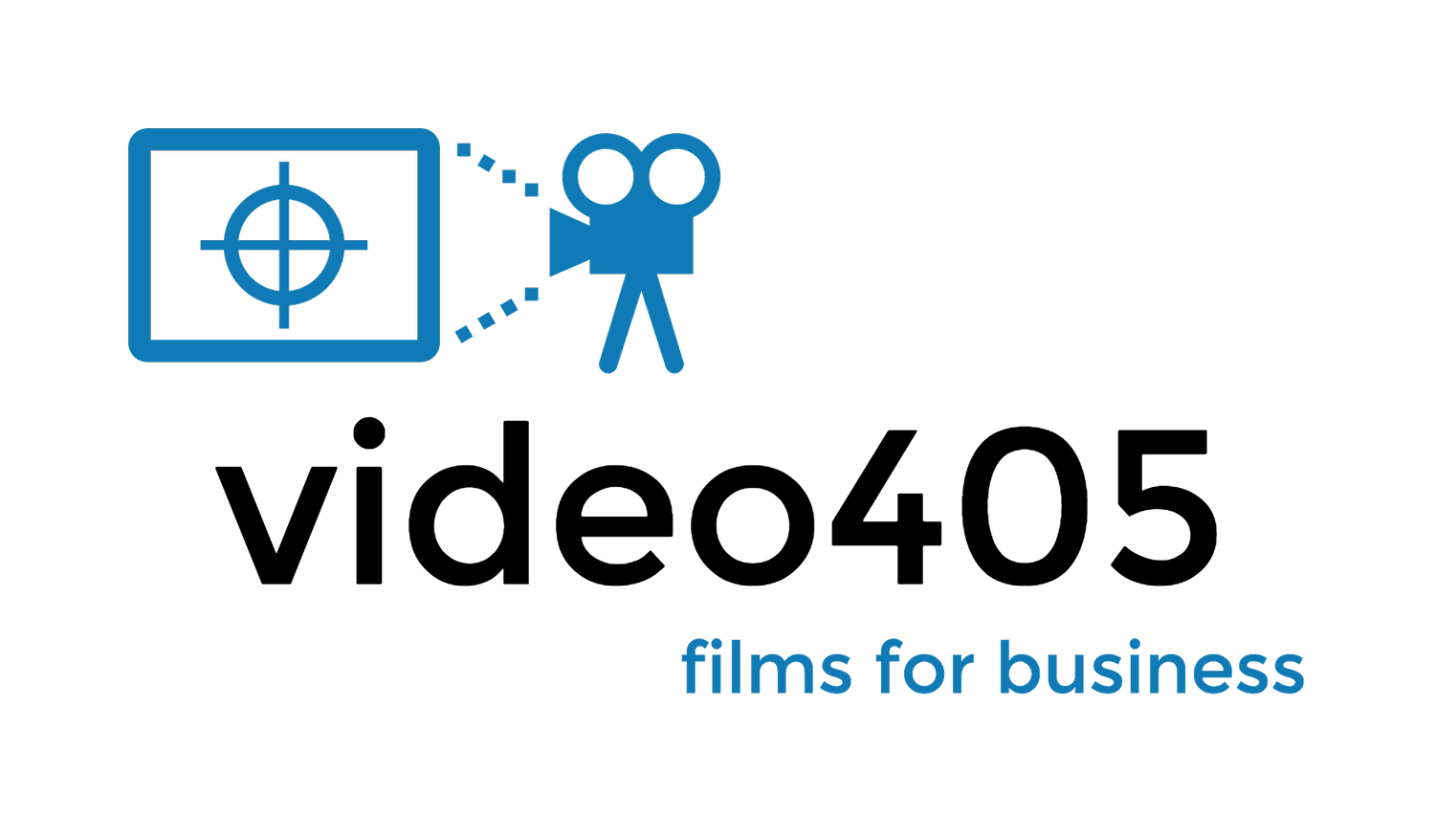What Can We Learn from This Year's Super Bowl Ads?
/While it's been a few weeks since the Super Bowl and there are always countless articles and blogs posted soon after the big game, I still wanted to visit the topic and point out something that everyone seems to have missed.
I don't think there's a need to review each ad or pick the best or the worst. The reason? Everyone nearly universally agreed that this year's ads were the worst ever. The standout of the night was a pharmaceutical ad featuring an anthropomorphic set of bowels. I rest my case.
For all the many millions of dollars spent and hours of creative energy expended, no one came up with advertisements that did anything for anybody.
How did we get to this point?
Obviously, the ball got rolling when advertisers realized they had a massive captive and global audience during the big game. But how to get their attention? How to stand out and get people talking about brands?
Slowly but surely, the humor, the action, the featured celebrities, the risque-ness, and the spectacle were all pushed until everyone has finally lost focus on what they were supposed to be doing with their ad time: sell their product or service.
We are now at the point were brands and their advertising firms are making Super Bowl ads for the sake of making Super Bowl ads.
Super Bowl advertisers today are like children shouting 'Look at me! Look at me!' and when you look at them and say, 'Okay. I'm looking,' they suddenly have no clue what to do next. There was no plan other than to gain your attention. They've put all their effort in the spectacle and forgot about the actual advertising.
So, how do we fix this? And what can you learn to apply to your non-Super Bowl commercial efforts?
The Super Bowl ads, for a time, were many people's favorite part of the night. You went to get snacks or use the bathroom during the game. Before advertisers got caught up in making a Super Bowl ad for the sake of making a Super Bowl ad, they were still grounded to the classic advertising formula:
1). Define you target audiences problem.
2). Show how your product/service is the best solution.
Even in a content marketing driven digital age, when you strip it all down to the foundation, the foundation still has to be poured with the Problem/Solution model concrete.
Even as entertaining and as off the wall as some of the greatest Super Bowl ads ever have been, at their core, they still held true to this model. A few examples:
Pepsi
"You don't feel young? Drink Pepsi! It's the young people's drink! See, Ray Charles is drinking it and he's acting all young again and having fun. Even though he's old! See! Drink Pepsi and you'll feel young again!"
Apple
"PCs are authoritarian prisons that lock away your ability to solve problems creatively. We believe you should have the freedom and control over the computer not the other way around. Buy a Mac."
Monster.com
"You didn't dream as a kid to have a terrible job in a stifling office pushing paper and being unfulfilled and underpaid. Find the job you really want at Monster.com."
There are exceptions, of course, like the Budweiser Frogs, but that was part of a much larger campaign over many months and years to provide actual entertainment in hopes you'd reward them later with a purchase. Unless you're willing to really commit to doing something entertaining that stands on its own as a brand, stick to the Problem/Solution model. Which, by the way, you can still have lots of fun with if that's what you want to do. Just check out Allstate's Mayhem Campaign.
So, in summary, advertisers can fix the Super Bowl mess by returning to their roots and... well... advertise. And you can make sure that you keep your advertising on the right track by making sure your efforts always consider your target audience's problems and how your product or service is their best solution.













